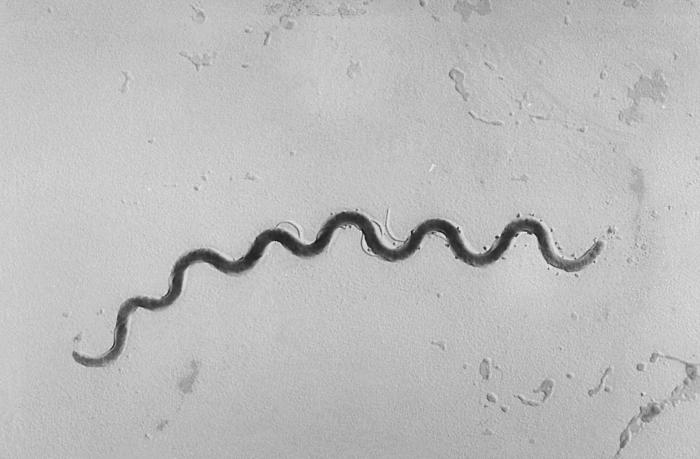By NewsDesk @bactiman63
Syphilis was a major issue in Japan until shortly after the end of World War II, but the total reported cases declined to several hundred annually until 2011, when a rebound began.

In 2014, more than 1,600 cases were reported as worldwide numbers also increased. In 2015, the number of syphilis cases topped 2,000, a four-fold increase from just five years earlier.
In 2016, Japan saw a 77 percent increase from 2015, topping 4,000 cases–and up by more than seven-fold from a decade ago.
2017, 2018 and 2019 saw more than 5,000 cases and 6,000 cases and once again in 2020, Japan’s National Institute of Infectious Diseases in Tokyo (NIID) have reported that syphilis cases topped 5,000 for the fourth year in a row.
According to the latest data from NIID, 5,023 cases have been reported through Nov. 18. Tokyo has seen 1,318 cases, followed by 792 cases in Osaka.
Syphilis, “baidoku” in Japanese, is a sexually transmitted infection that is spread by direct, skin to skin contact during unprotected sex. Pregnant women who are infected can transmit it to their unborn babies.
Related:
- Sexually Transmitted Infections: Those common and those not so common, Part 1
- Sexually Transmitted Infections: Those common and those not so common, Part 2
- Syphilis increases in the US military comparable to civilian population

